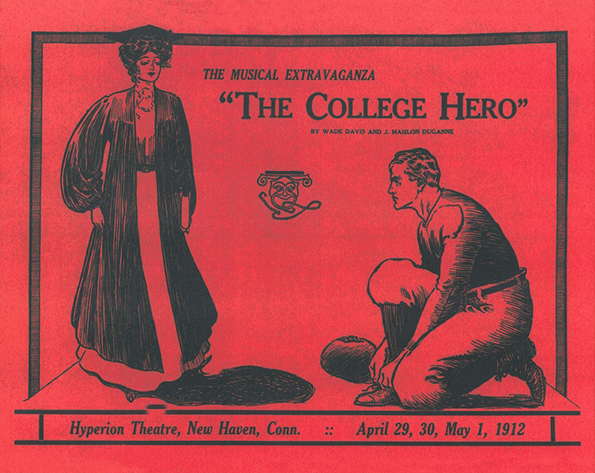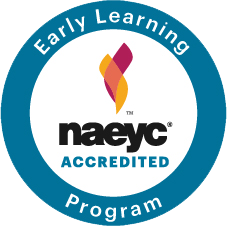Fundraising
 In 1900 the school advertised a 5cent/day charge – in today’s terms that would be about $7.25/week – and it was clear that many families could not pay the full amount. Fundraising was a necessity. To give you an idea of its importance, in 1885 it accounted for between 84% and 92% of income (depending upon the interpretation of some of the items in the 1885 Treasurer’s Report). Leila Day’s 2012-2013 approved budget projected that fundraising would account for 20% of income.
In 1900 the school advertised a 5cent/day charge – in today’s terms that would be about $7.25/week – and it was clear that many families could not pay the full amount. Fundraising was a necessity. To give you an idea of its importance, in 1885 it accounted for between 84% and 92% of income (depending upon the interpretation of some of the items in the 1885 Treasurer’s Report). Leila Day’s 2012-2013 approved budget projected that fundraising would account for 20% of income.
From the time of founding to the 1930’s, almost all income came from individual donations. A list of donations, by month, from 1885 shows that donations ranged from 50cents to $50, most being in the $1-$10 range. It is not so different today – this translates to a range of from $14.50-$1,250, most being $25-$250.
The fundraising took many forms in those earlier years: annual appeals, annual subscriptions, cake sales, elaborate balls, pageants and musicals, and specific Donation Days when volunteers went door to door in New Haven. Some elaborate fundraising events included Gymkhana in 1900, the Kirmess events in 1903, and the 1912 Musical The College Hero.
Beginning in the 1930’s, various forms of institutional support came into being – foremost the New Haven Community Chest, but also the Rotary Club, Lion’s Club, Junior League, YMCA, Order of the Daughters of the King, and the Needlework Guild. In spite of this support the school still struggled; this much was apparent in the archival documents. In addition to the continuation of fundraising events, the school rented rooms in its buildings and rented out farmland at the Rebecca Stoddard House on the shore.
And now perhaps we have come full circle – from dependence on individual donations to a combination of individual donations and institutional support, to a decline in institutional support and renewed focus on individual donations.
